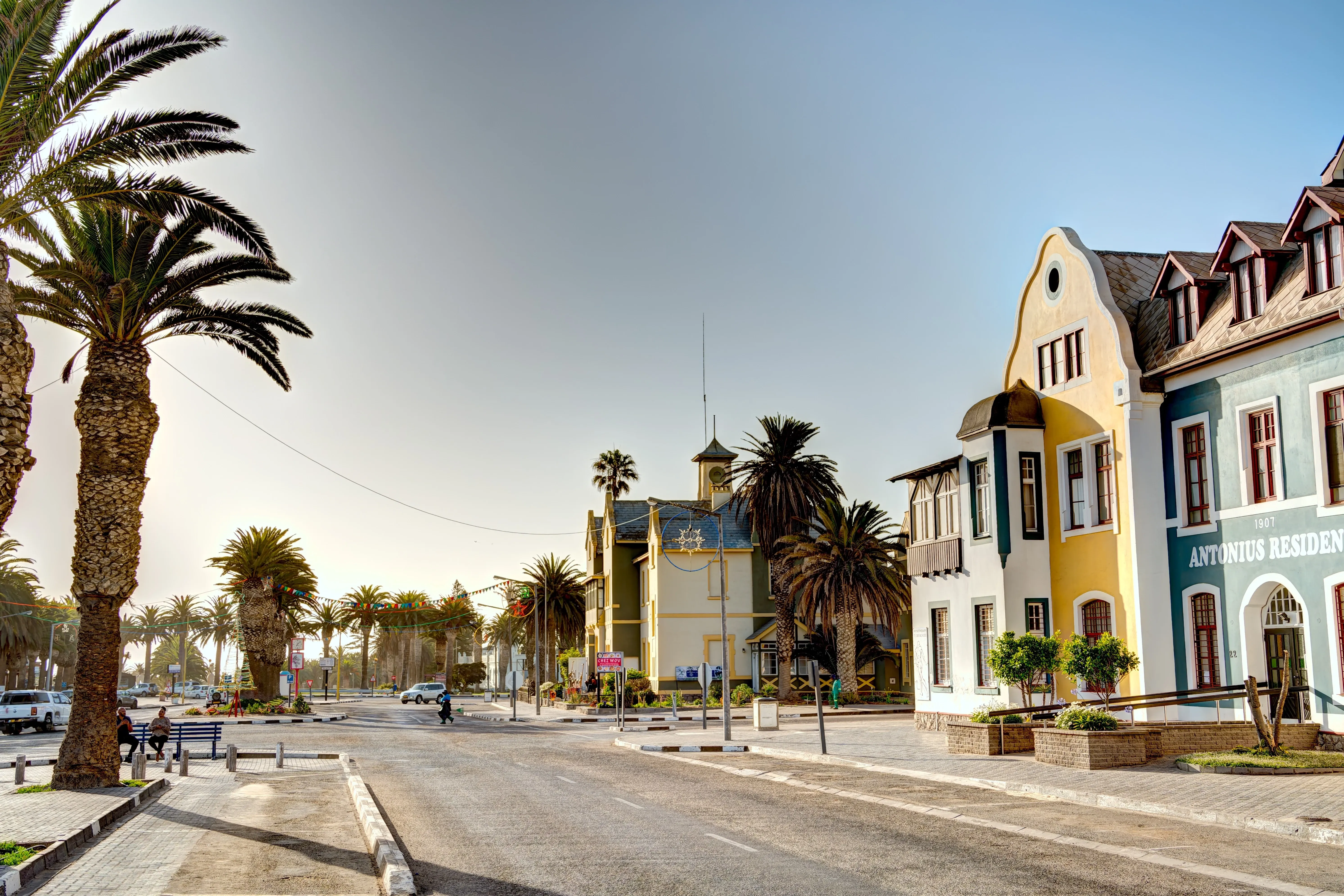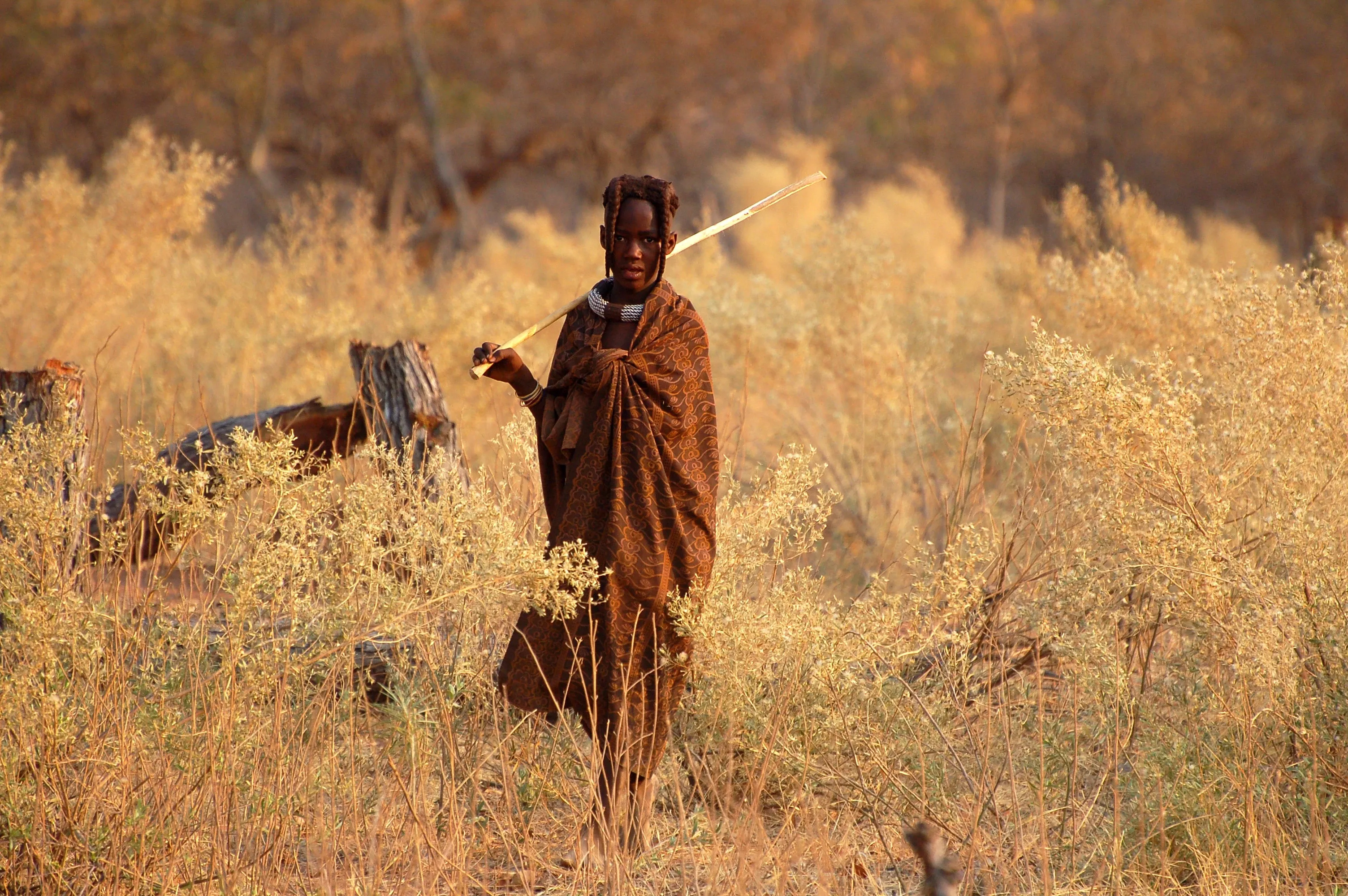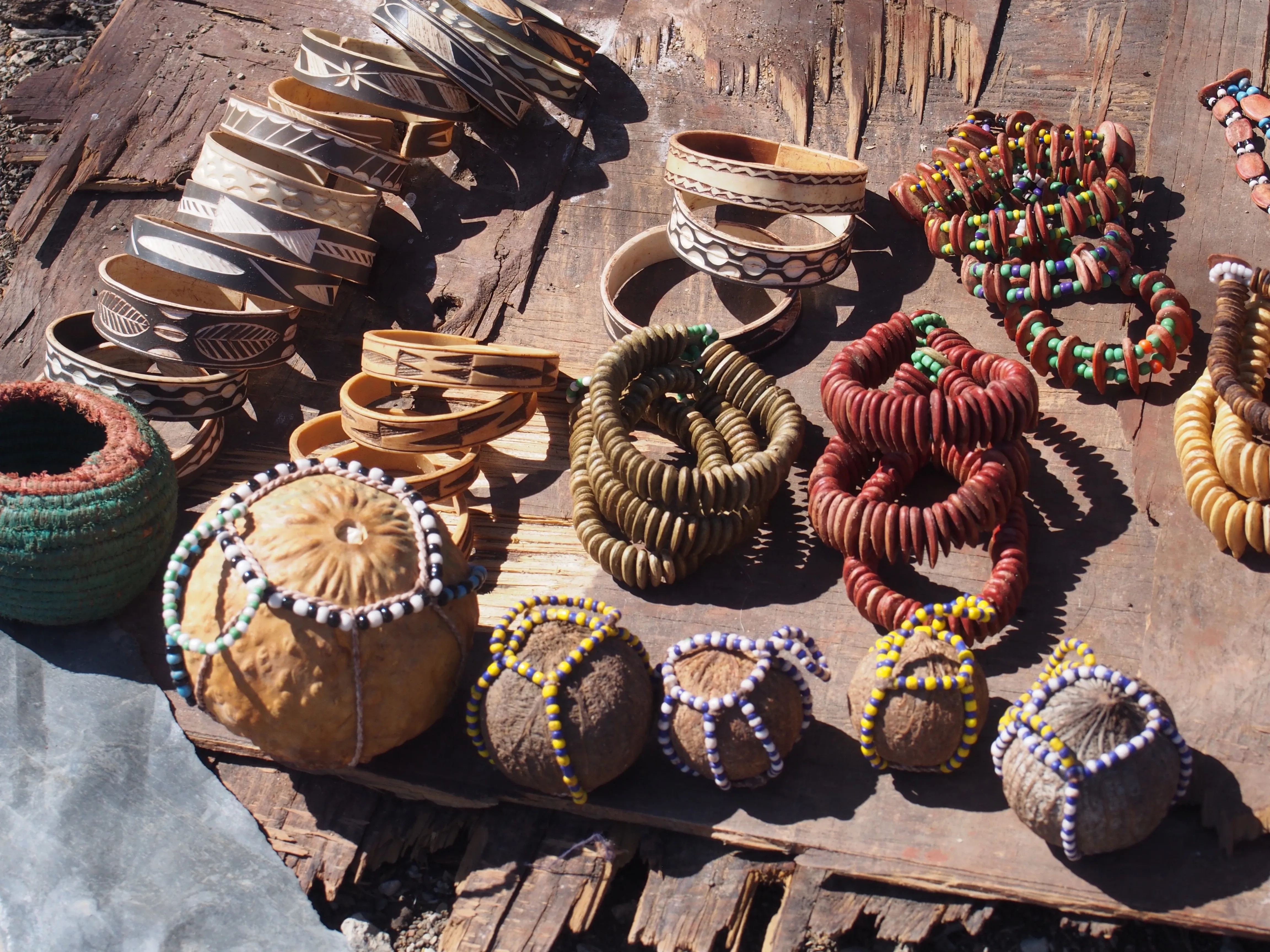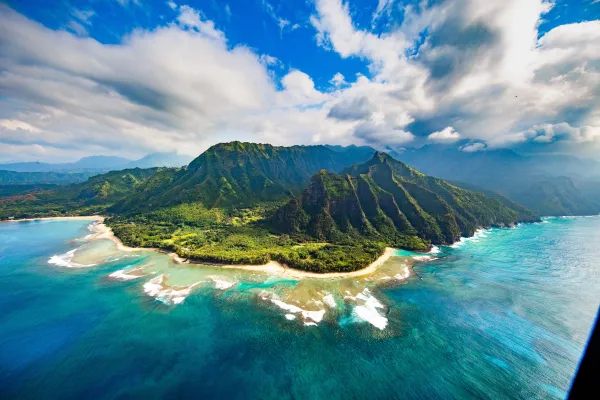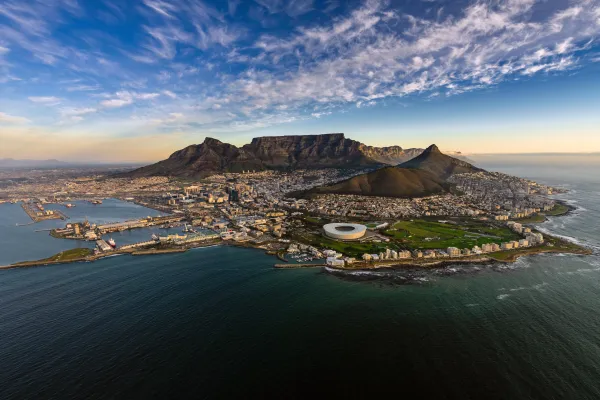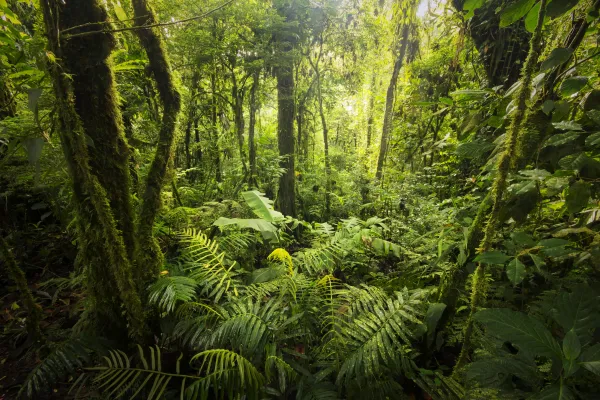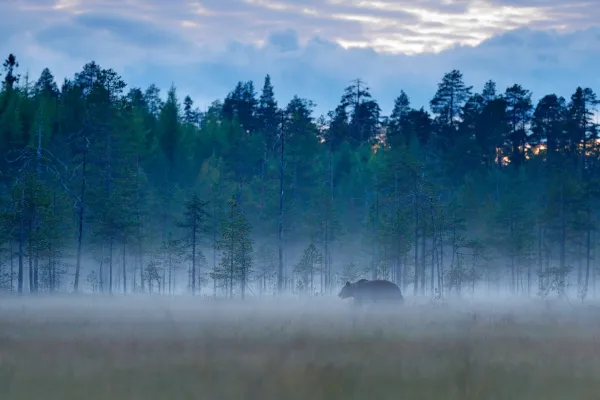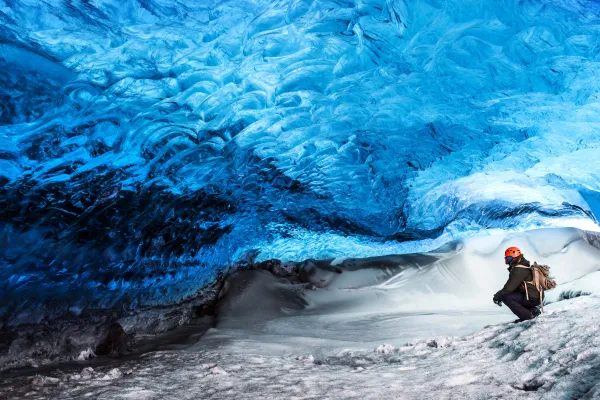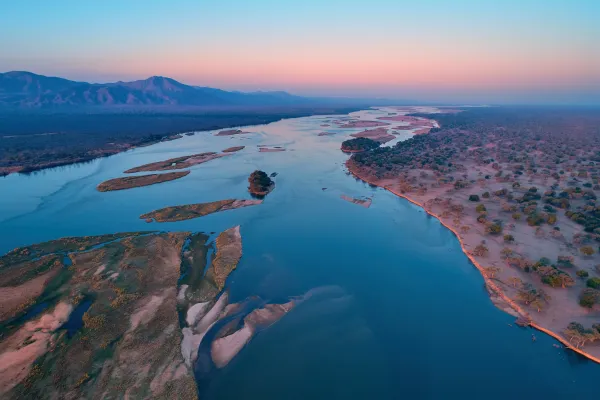Namibia - What its all about
Due to potential mineral wealth, the German colonial office annexed the territory that would be known as German South West Africa in 1884. The presence of alluvial diamonds in the southern reaches of the Namib desert, and abundance of other semi-precious gemstones in the gravel plains of the oldest desert on earth, was too much to resist.
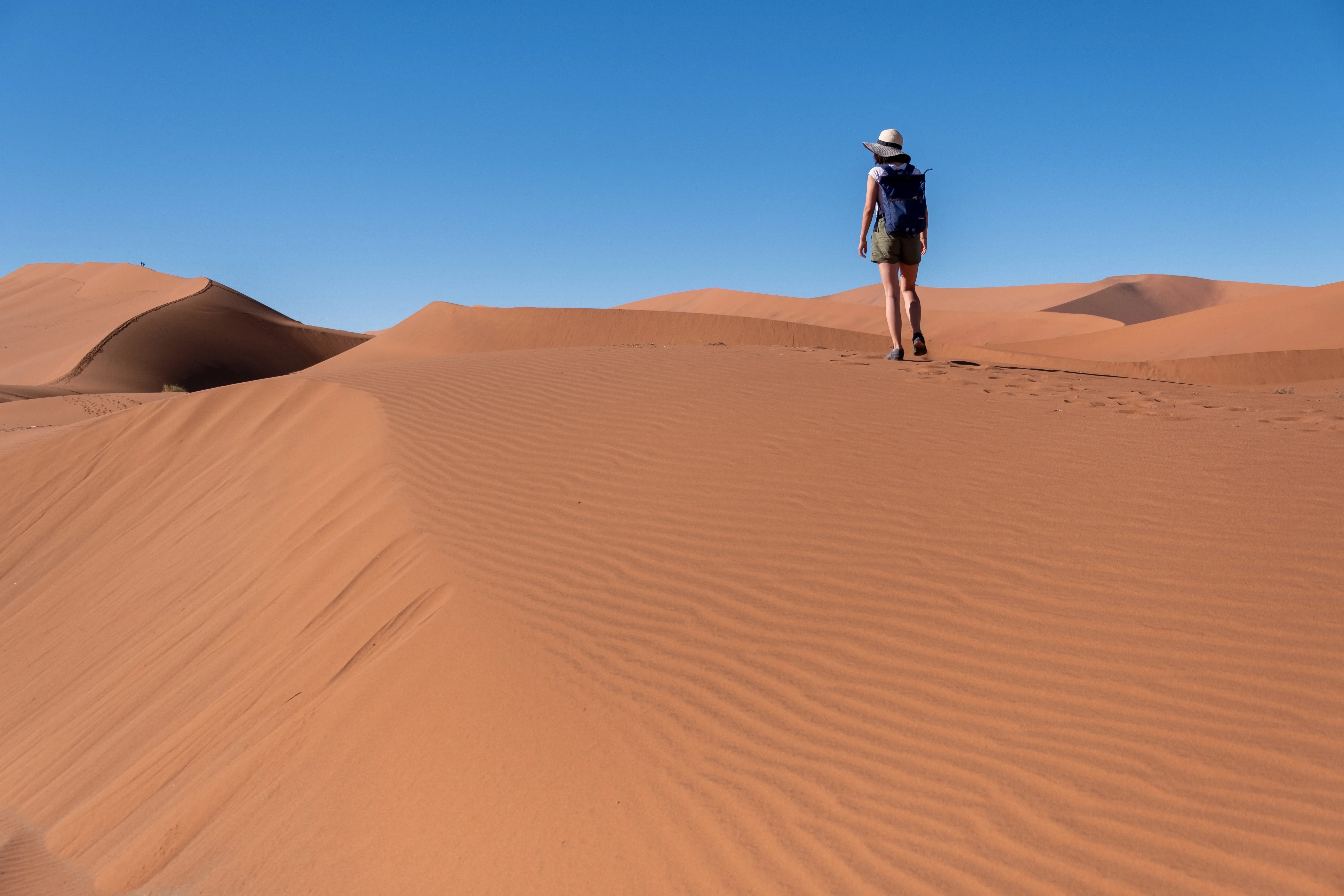
Germany would go on to administer the colony for 30 years until the first world war, after which the area would be government by South Africa as an extended province until independence in 1990 and the birth of the Republic of Namibia.
German architecture and history is an enduring legacy to this remarkable country, even though it may not be possible to find a more polar opposite landscape, climate and culture.
»Namibia is a land of contrasts, from the rolling dunes of the Namib Desert to the rugged mountains of the Damaraland and the wildlife-rich plains of Etosha.«
Beautiful Swakopmund
The small coastal town of Swakopmund is one classic example. Beautiful buildings with signature colonial architecture add colour and nostalgia to the desert town, and local museums contain relics of a bygone era including German newspapers, artefacts, furniture and other classic paraphernalia.
As for the rest of the country, Namibia is wild, remote and sparsely populated. In other words, an ideal place to visit!
Skeleton Coast National Park and further along
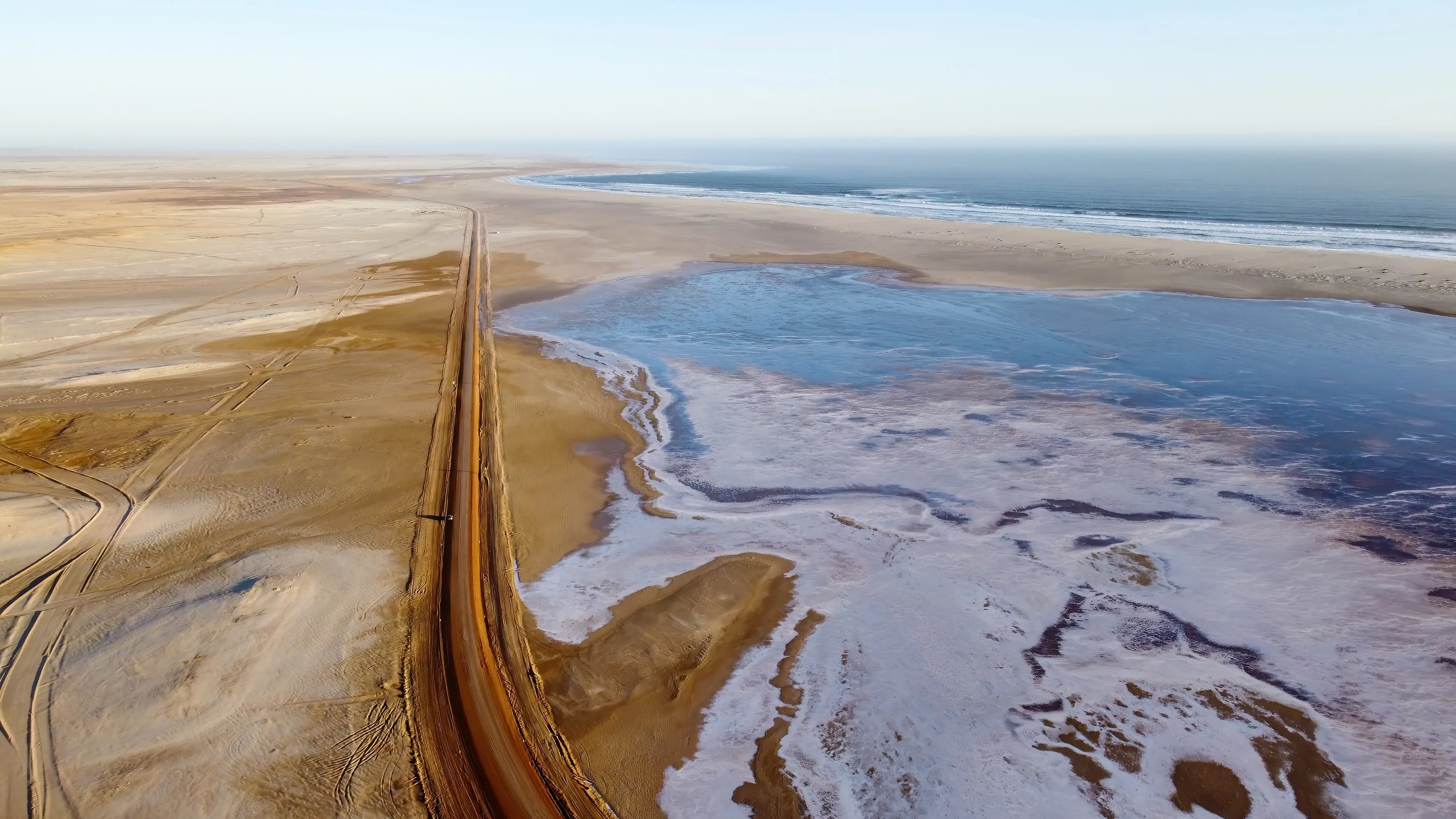
Travelling north along the coast will take you past Swakopmund into the Skeleton Coast National Park, and adventurous travellers van resume all the way to the Cunene River mouth on the Angolan border. This is wilder than wild! Remote valleys, ephemeral ghostly-flowing rivers and desert adapted lions are a feast for the senses.
Wonders of the Namib Desert
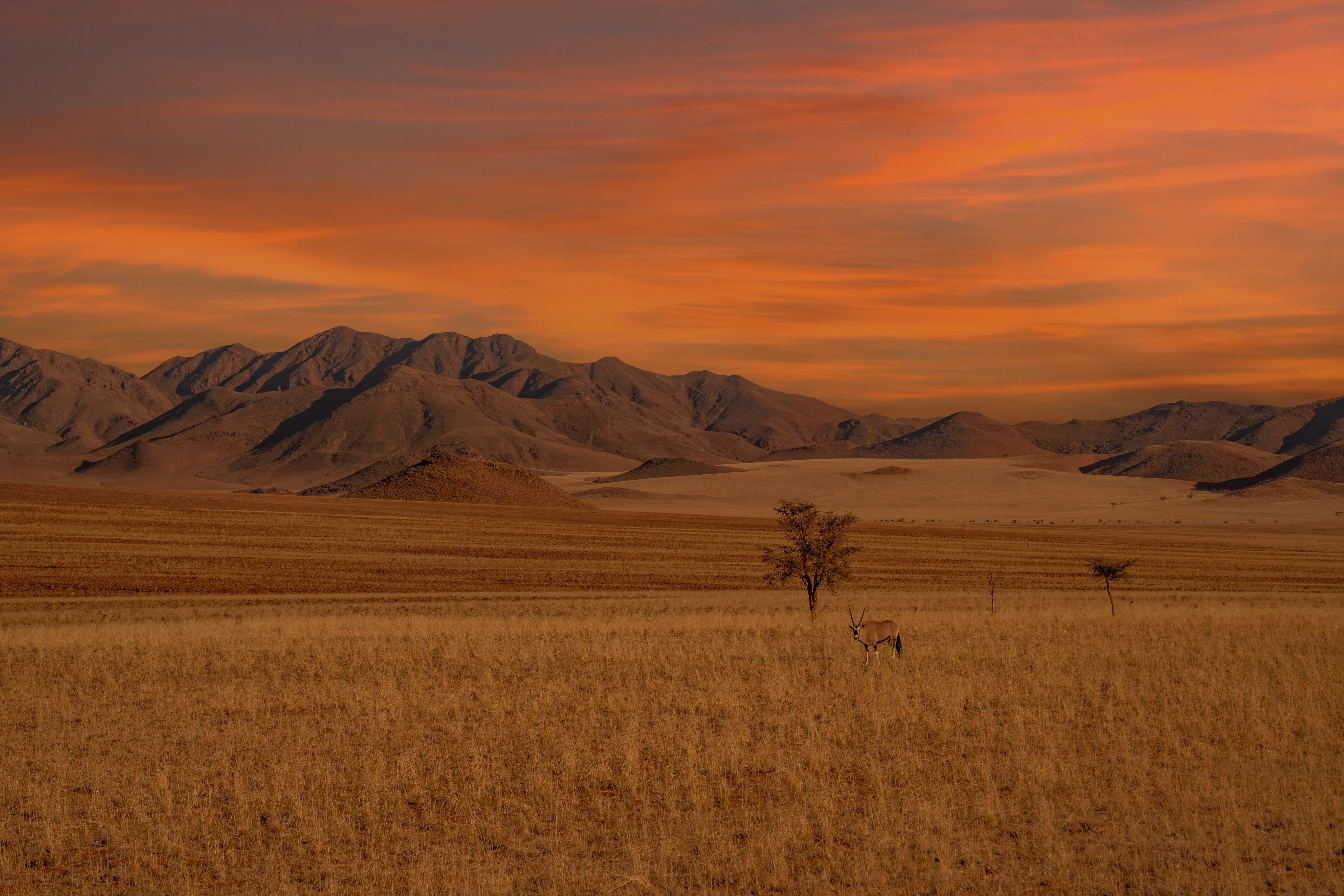
The fascinating phenomenon of the Namib Desert dominates the natural landscape here. Consisting of a series of arid plains, mountains, rocky passes and dunes, the Namib is a 200-kilometre-wide ribbon running parallel to the coastline. The Namib-Naukluft National Park, located south of Swakopmund, is one such Namib wonderland. With 300-metre-high red sand dunes (the highest in the world) and the petrified trees of Sossusvlei that have been standing for over 500 years, this place is utterly captivating.
»The Namib Desert is one of the oldest and driest deserts on Earth, yet its sand dunes are the tallest and most spectacular.«
Legendary Himba people
There is hardly any people here apart from the legendary Himba tribe, some of the most isolated indigenous peoples on earth. Just how these incredibly proud and resilient folks survive in the desert, and maintain age old customs and remarkable traditions is incredible.
A visit to an authentic Himba village will leave you wondrously inspired, humbled and eager to discover more about this seemingly forgotten piece of natural splendour that fortunately the civilised world has not penetrated as yet. It’s our hope that it remains this way for the rest of time.
While Botswana, Zimbabwe, Zambia or South Africa may be further up the league as far as big game diversity is concerned, many folks are fascinated by Namibia. Perhaps it’s the ancientness that draws us in.
“So, what is Namibia like?”
…is an often-asked question. It’s close to impossible to answer this in nutshell as the experiences, impressions and emotions all seem as endless as the desert itself!
One thing is sure however, that the seemingly lifeless desert, one of the driest regions on earth, is one of the most invigorating and interesting wildlife destinations in the world.
Sign up for the newsletter
By clicking on “Subscribe now” I will subscribe to the Conscious Explorer newsletter with all the information about mindful travel. Information on the success measurement included in the consent, the use of the shipping service provider MailChimp, logging of the registration and your rights of revocation can be found in our privacy policy.

